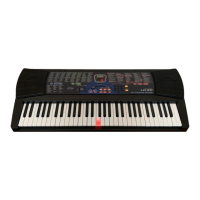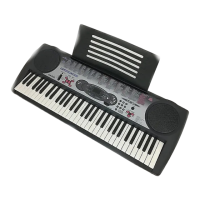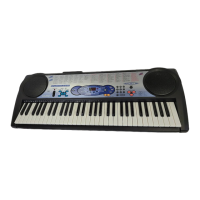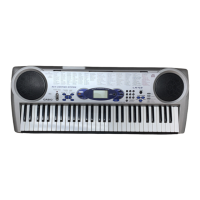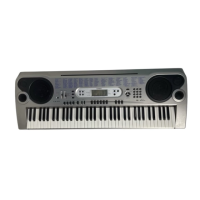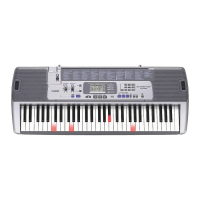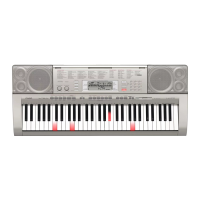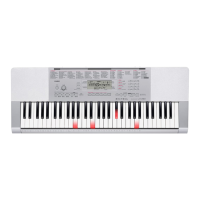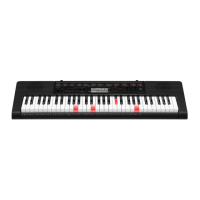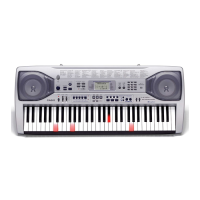Why does song play cut out on my Casio Electronic Keyboard during SMF play?
- CCarlos KingAug 15, 2025
If song playback momentarily cuts out during SMF play on your Casio Electronic Keyboard, the data might be fragmented. Try performing a “save as” operation to save the data under a different name without deleting the original, and then try playing the newly saved data. Alternatively, if you saved the data to the card from another location, format the card (which will delete its contents) and save the data to the card again before trying playback.


